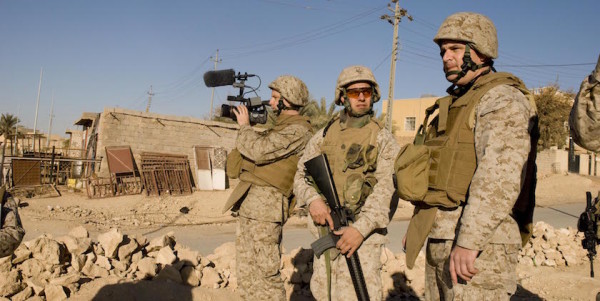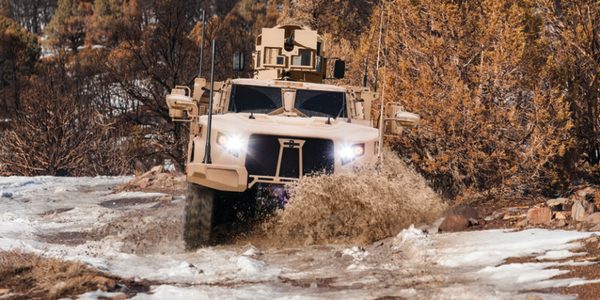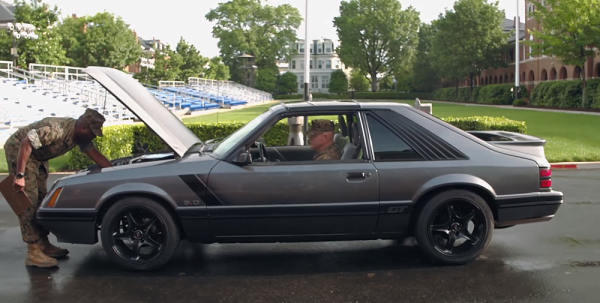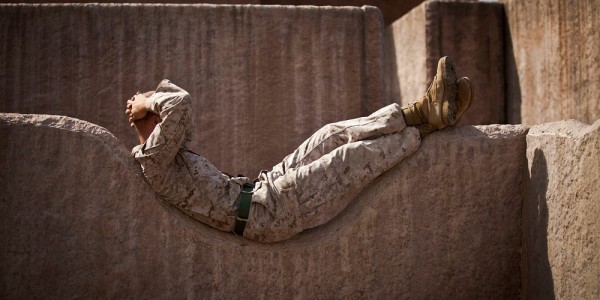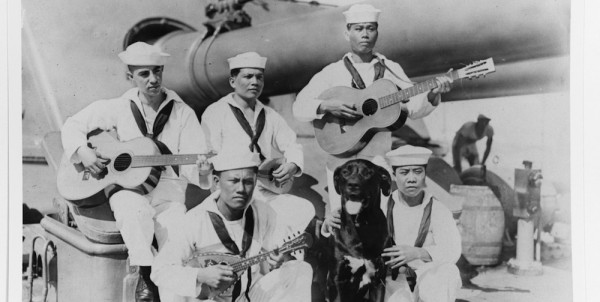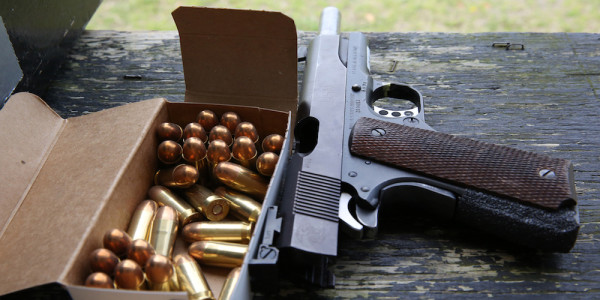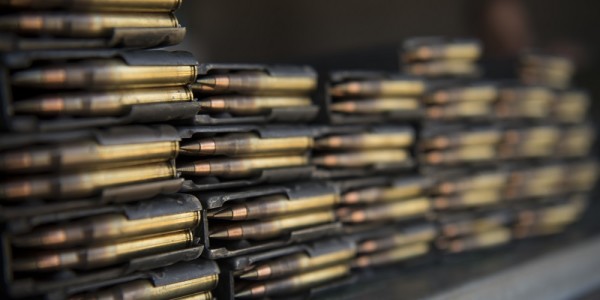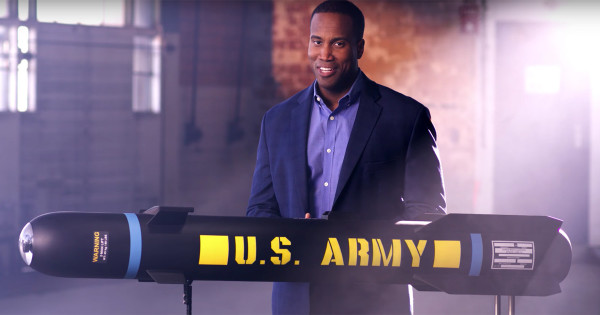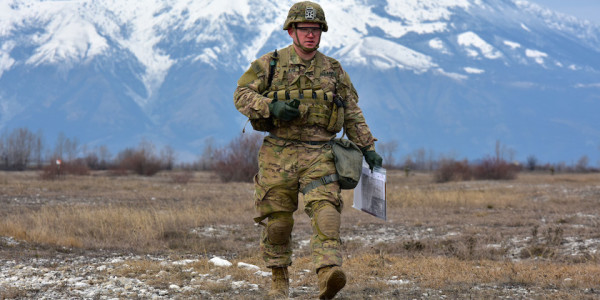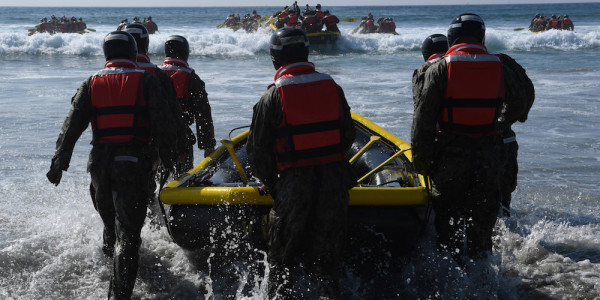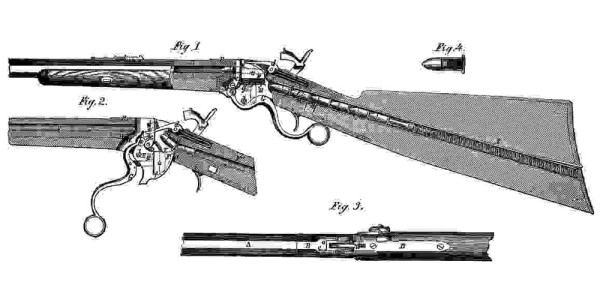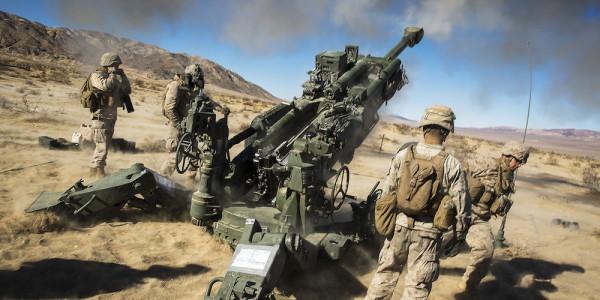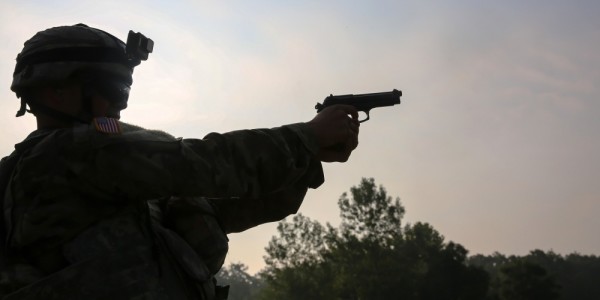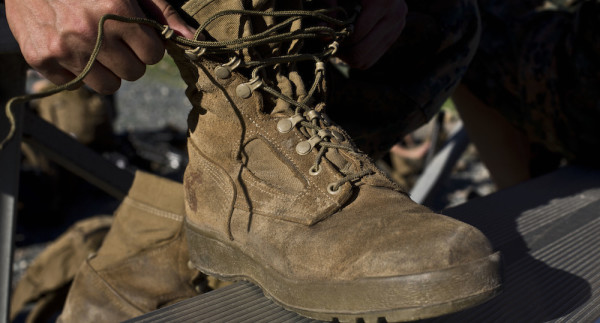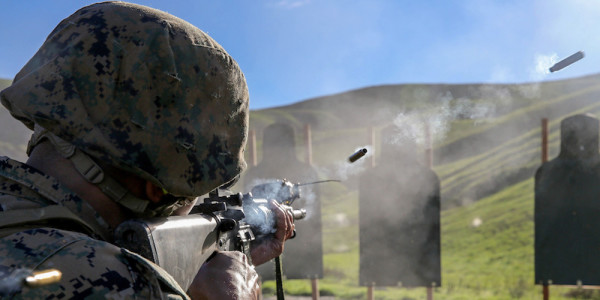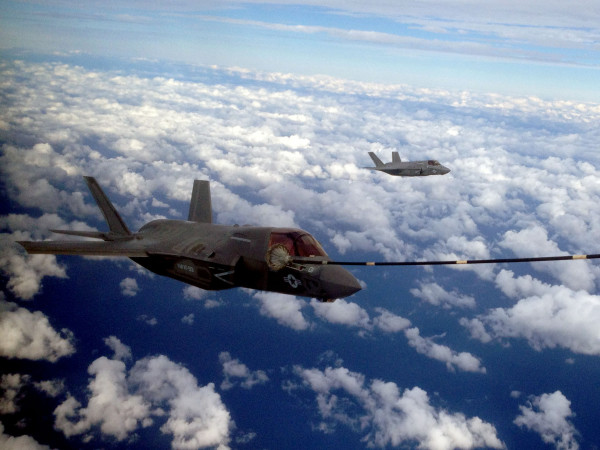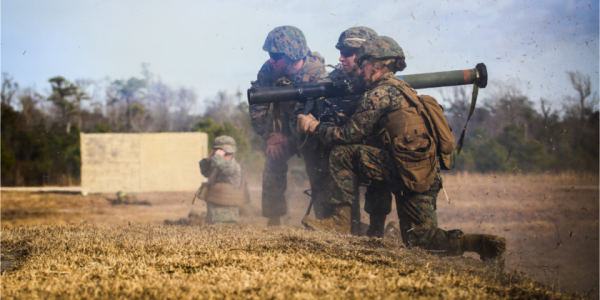Just one month after finally fielding a handful of fresh Amphibious Combat Vehicles (ACV) to grunts, the Marine Corps has decided to officially kick the production of its first new amphibious vehicle since the Vietnam War up a notch.
Video: Meet the Marine Corps’s new Amphibious Combat Vehicle
The service on Tuesday announced that it had formally approved the new vehicle for full-rate production, which means the Corps “can build and field higher quantities of the ACV at a sustained rate over the next several years,” according to a Marine Corps Systems Command release.
“We’re providing Marines with a modern, armored personnel carrier that offers tremendous capability with respect to survivability,” Col. Kirk Mullins, program manager for Advanced Amphibious Assault at PEO Land Systems, said in a statement.
“The ACV gives the Marine Corps a capable platform operational across the full-range of military operations.”
The ACV will replace the Amphibious Assault Vehicle, which has been in service since 1972, as “a modern, more capable combat vehicle that is more adaptable to today’s battlefield,” Mullins said.
The first ACVs hit the fleet in early November during a redesignation ceremony for Co. D, 3rd Assault Amphibian Battalion, 1st Marine Division at at Marine Corps Air Ground Combat Center Twentynine Palms in California.
To support the full-rate production decision, the Corps awarded a fresh $184.4 million contract to ACV maker BAE Systems for 36 of the new vehicles, a follow-up to its $198 million in contract options to produce 30 low-rate production vehicles back in June 2018.
As Marine Corps Times noted in January 2019, the service was previously angling to initiate full production of some 704 ACVs by 2022 at the earliest in a deal that would total upwards of $1.2 billion.
The full-rate production decision comes just over six years after the service released a draft request for proposal for the new ACV back in 2014 and marks a major milestone for the much-anticipated vehicle’s fielding across the Corps as a replacement for the legacy
And the ACV fielding can’t come soon enough for the service’s fleet of aging AAVs: News of the full-rate production decision came less than two months after nine crew members were killed after a legacy AAV sank during training off San Clemente Island in California.
Military officials have launched two separate investigations into the incident, which marked the Corps’ deadliest training accident in the history of the AAV.
Related: Check out all the firepower on the Marine Corps’s first new amphibious battlewagon since Vietnam


